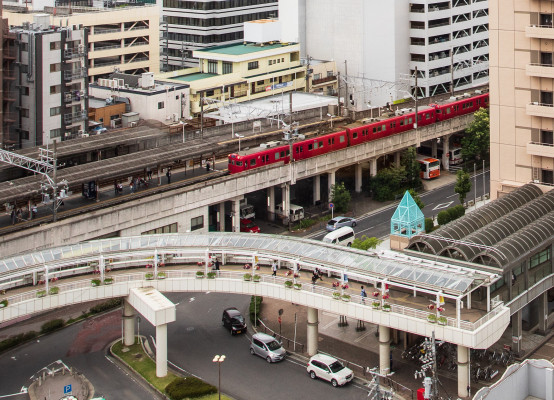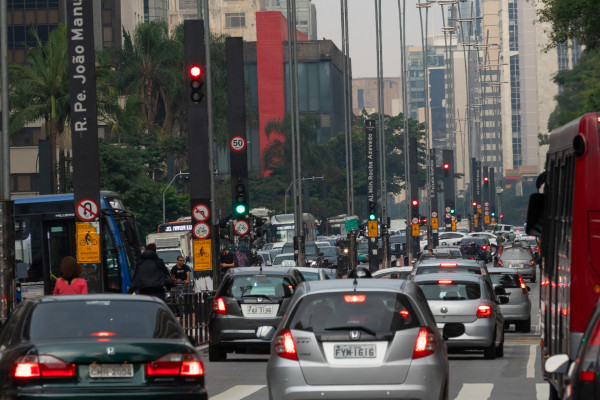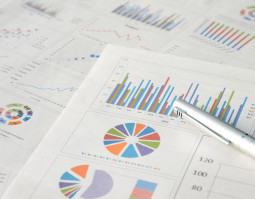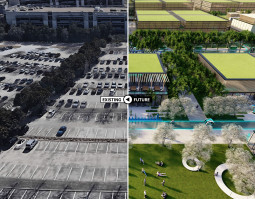
Opportunity
 The UN predicts the world population will increase by 1 billion people over the next 15 years, with 60% living in increasingly congested urban centers. One by one, cities will address and solve transportation challenges such as accessibility, affordability, and environmental impacts. Can we offer target cities the keys to success from "smart cities" with effective implementation strategies?
The UN predicts the world population will increase by 1 billion people over the next 15 years, with 60% living in increasingly congested urban centers. One by one, cities will address and solve transportation challenges such as accessibility, affordability, and environmental impacts. Can we offer target cities the keys to success from "smart cities" with effective implementation strategies?
Our Approach
Transportation systems in growing cities will strain to keep up with needed services. Some "lighthouse" cities have started to test solutions that take advantage of the suite of emerging "smart city" technology and new mobility service options. However, the complexity of each urban area as a collection of interrelated systems with unique attributes makes it difficult to map the success and learning from one city and project onto the next. Partnering with the graduate program at George Washington University’s Dept. of Engineering Management and Systems Engineering, TMF is accelerating success transfer by exploring the boundaries of replication.

-
Our Timeframe
- September 2017
- August 2018
Our Goals
- Identify the characteristics that describe the mobility system architecture of a given city.
- Build and refine a multi-objective, agent-based model using data from select global cities.
- Design the optimal configuration of a city's mobility system given its unique micro-dynamics.
- Use the replicable method to elicit best policies for a city's mobility system configuration.
- Provide a tool to point planners toward optimal investment pathways for transforming a city's transportation system.




